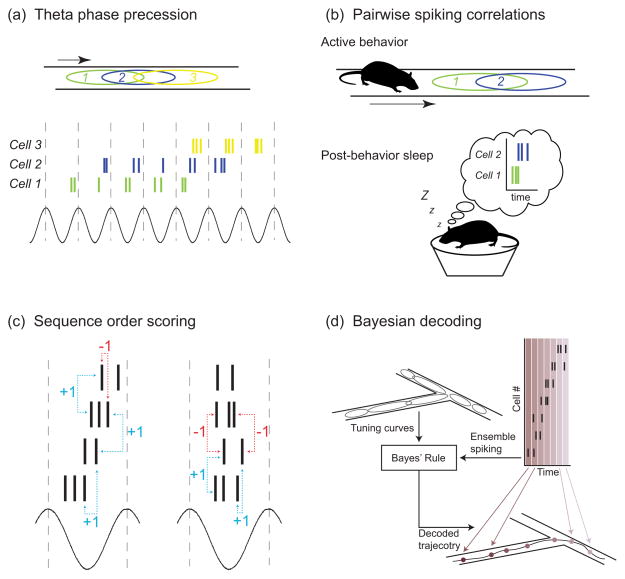Figure 1. Methods of sequence extraction.
A variety of analytical approaches have been developed to identify and quantify temporally-structured spiking in hippocampal ensembles, ranging from techniques that examine one or a few neurons (a&b) to approaches that leverage ensemble activity (c&d). (a) Early work [22, 23] identified that hippocampal place cell spiking phase precesses against the theta cycle. This phase precession implies the existence of orderly, temporal patterns within theta cycles; however, certain types of sequences might not result in phase precession [26]. (b) Other early work (e.g. [27]) noted that correlations that were established between place cell spiking during exploration persisted during subsequent sleep, suggesting that place cell firing patterns recurred during offline states. (c) Sequence scoring methods like the one developed by Lee and Wilson [76] or Gupta and colleagues [47, 58] quantify the temporal structure of neural activity in a given time window. Pairs of spikes with an order of activation matching the order in which the animal passes through their fields during behavior are scored +1, while pairs of spikes whose activation order is opposite their ordering in space are scored -1. Summing across all spike pairs results in a metric of both the direction of the sequence (sign of the sequence score) and the temporal precision of the sequence (magnitude of the sequence score). The activity in the right panel exhibits temporal structure characteristic of theta sequences; the ordering of many spike pairs is consistent with a forward-directed representation. Unpatterned ensemble spiking (right panel) is consistent with both forward- and backward-ordered representations equally often, resulting in a net sequence score near zero. (d) Bayesian decoding methods [77] use the tuning curves of hippocampal neurons measured during active behavior (i.e. place fields) to estimate which positions in space are most likely being represented by ensemble spiking activity. Decoding hippocampal sequence representations reveals the spatial trajectories that sequence events encode.

